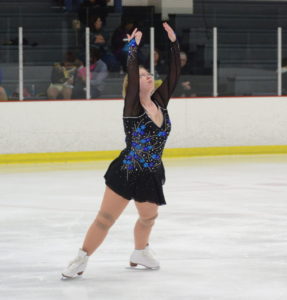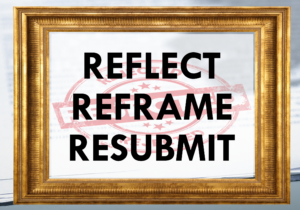Putting It All Together: Kevin C. Ess
On a recent Monday, Kevin Ess found himself in the operating room helping guide a brain resection procedure for one of his patients with epilepsy. Earlier that day, he collected skin samples from two other children with a genetic form of epilepsy, then took them back to his lab to reprogram the skin cells to stem cells. These would later be differentiated into neurons and used to study neuronal function using patient-specific cells.
Though he spends the majority of his time in the lab, this transit between clinical medicine and basic science is not uncommon for Dr. Ess, an MD/PhD who specializes in developmental neurobiology with a specific focus on epilepsy and autism. The field, he says, “put it all together” for him: A PhD in developmental biology and a residency in child neurology allowed him to combine his interests into an area that offers plenty of opportunity to solve basic science problems that have clear clinical relevance. In fact, finding these problems, especially in fields like his where relatively few physician-scientists do translational work, has been the centerpiece of his career.
The field, he says, “put it all together” for him: A PhD in developmental biology and a residency in child neurology allowed him to combine his interests into an area that offers plenty of opportunity to solve basic science problems that have clear clinical relevance. In fact, finding these problems, especially in fields like his where relatively few physician-scientists do translational work, has been the centerpiece of his career.
“The modern academic environment is difficult on every level, and you really have to have a smart career plan,” he says. “You have to figure out what you’re good at and passionate about and make it work for you.”
Ess has made his interests work for him and has received multiple grants, including a recent R01 from NINDS to study genetic aberrations that allow abnormal brain development in children with Tuberous Sclerosis Complex. The hope is this research will allow a greater understanding of this disease and lead to the development of more effective therapies for these patients.
How does he survive the grant-writing process? Practice. “Writers write, right? Grant writers also need to write,” he insists. He recommends taking opportunities to review manuscripts and grant proposals written by other people, as long as the time commitment is reasonable, because it benefits you—seeing multiple examples of the type of writing you need to do can be invaluable—and the organization that asks for your help.
As well, he urges new writers of grant proposals to “know the alphabet of key people at NIH. Know the PO and the SRO and the focus of individual study sections. You can talk to these people, and they are there to help you, so you shouldn’t be shy. Scientists can send them the specific aims portion of your grant, and they’ll help guide you to the most appropriate study section. The study section that’s best to evaluate your work will go a long way toward success.”
But don’t stop with your proposal itself. You need the background material about yourself available too. Ess states that “in this day and age, you are really required to have an active, up-to-date web presence. When someone does a Google search about you, for example, they should find you pretty easily,” along with your research expertise, publications, and other pertinent information. This can alter the success of a grant proposal, because as Ess says, “If I’m on a study section, I may search for information about an applicant to understand better what they are doing and why.”.
Words of wisdom from the man who likes to put it all together.






0 Comments